
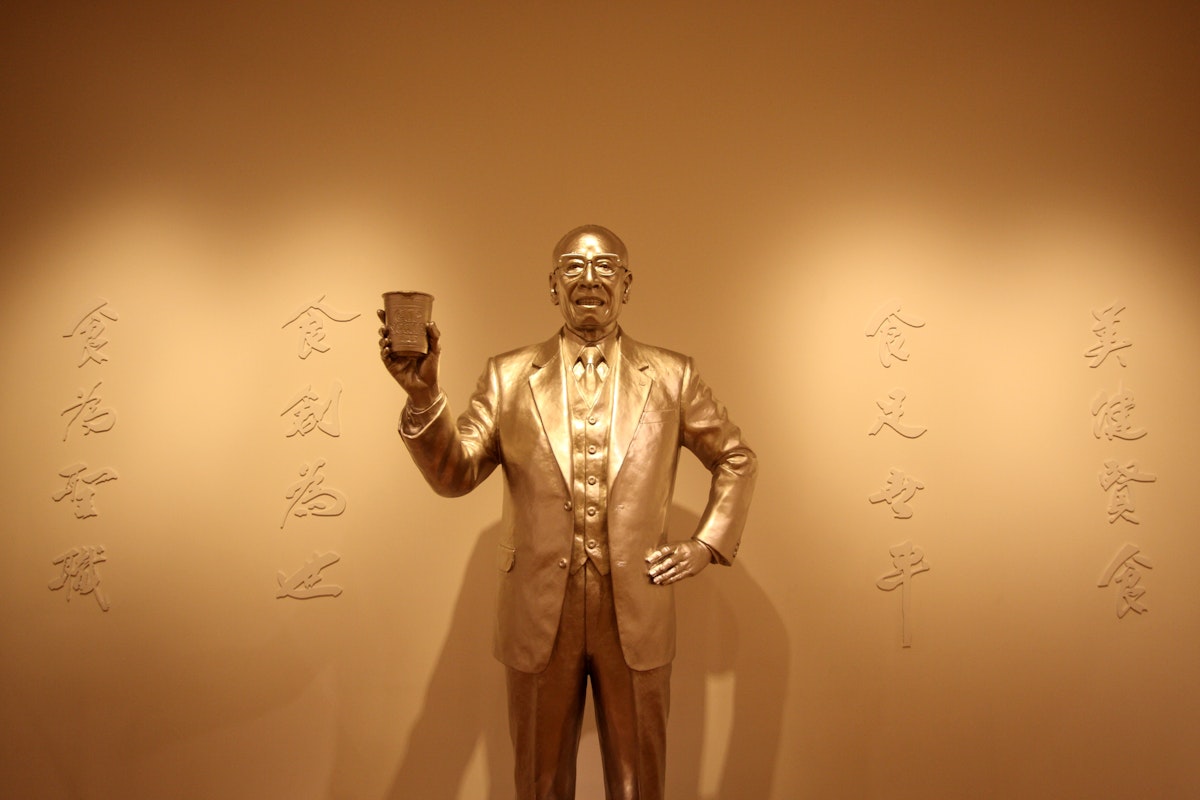
横滨是一座文化底蕴深厚的城市,现代与传统在这里无缝交织。横滨以其尖端的城市景观和深厚的历史渊源而闻名,拥有众多反映日本艺术才华和工业进步的博物馆。
无论您是现代和当代艺术爱好者,对工业奇迹着迷,还是希望深入了解日本丰富历史的旅行者,横滨的博物馆都能满足各种兴趣。本指南探讨了横滨的十大最佳博物馆,让您深入了解每个机构的独特之处,从日本艺术家的著名展品到方便面的创意奇观。
探索必游景点、如何轻松到达它们以及实用技巧,以在日本最具活力的城市之一最大限度地提高您的博物馆体验。
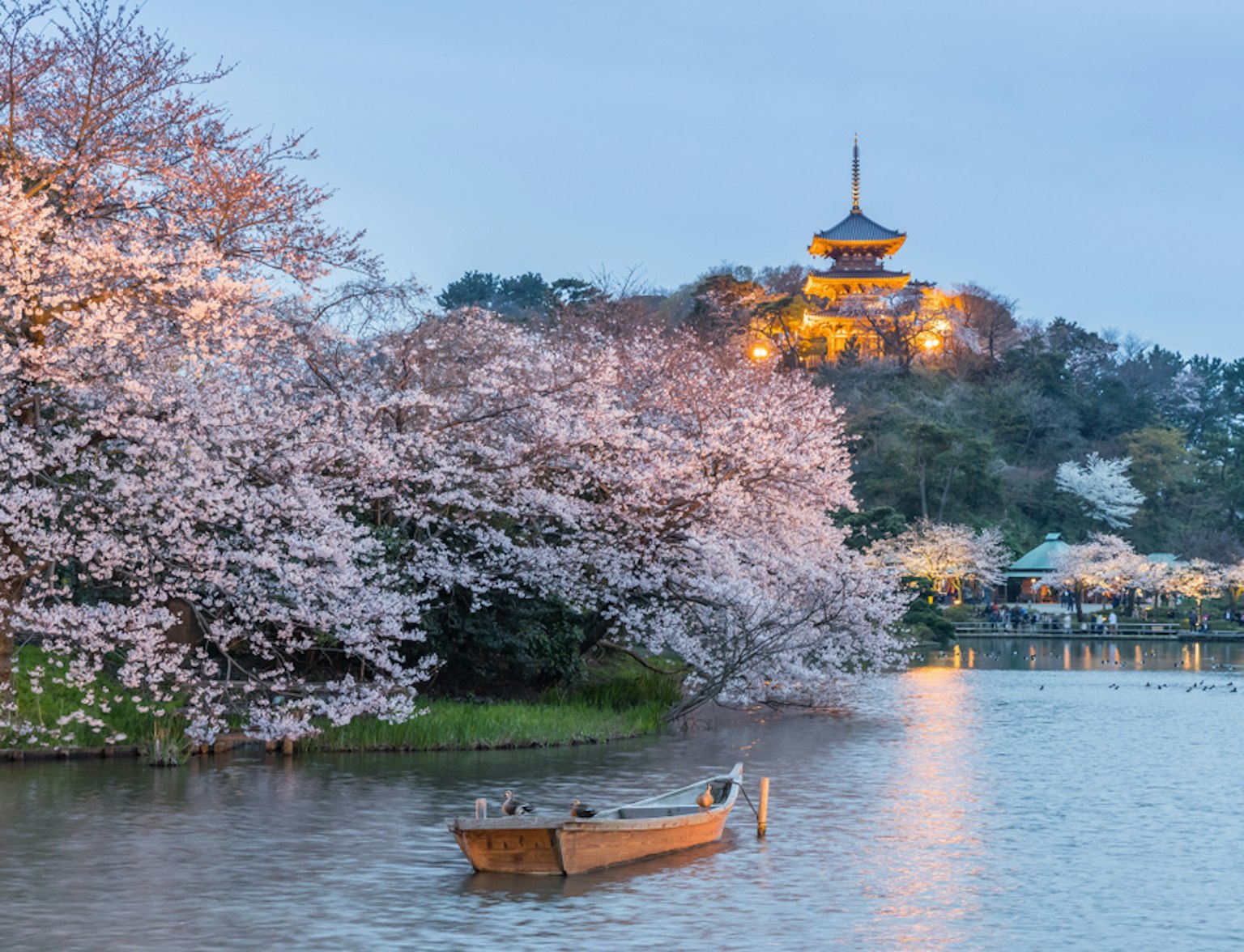
在个性化的半日徒步之旅中体验横滨充满活力的文化。
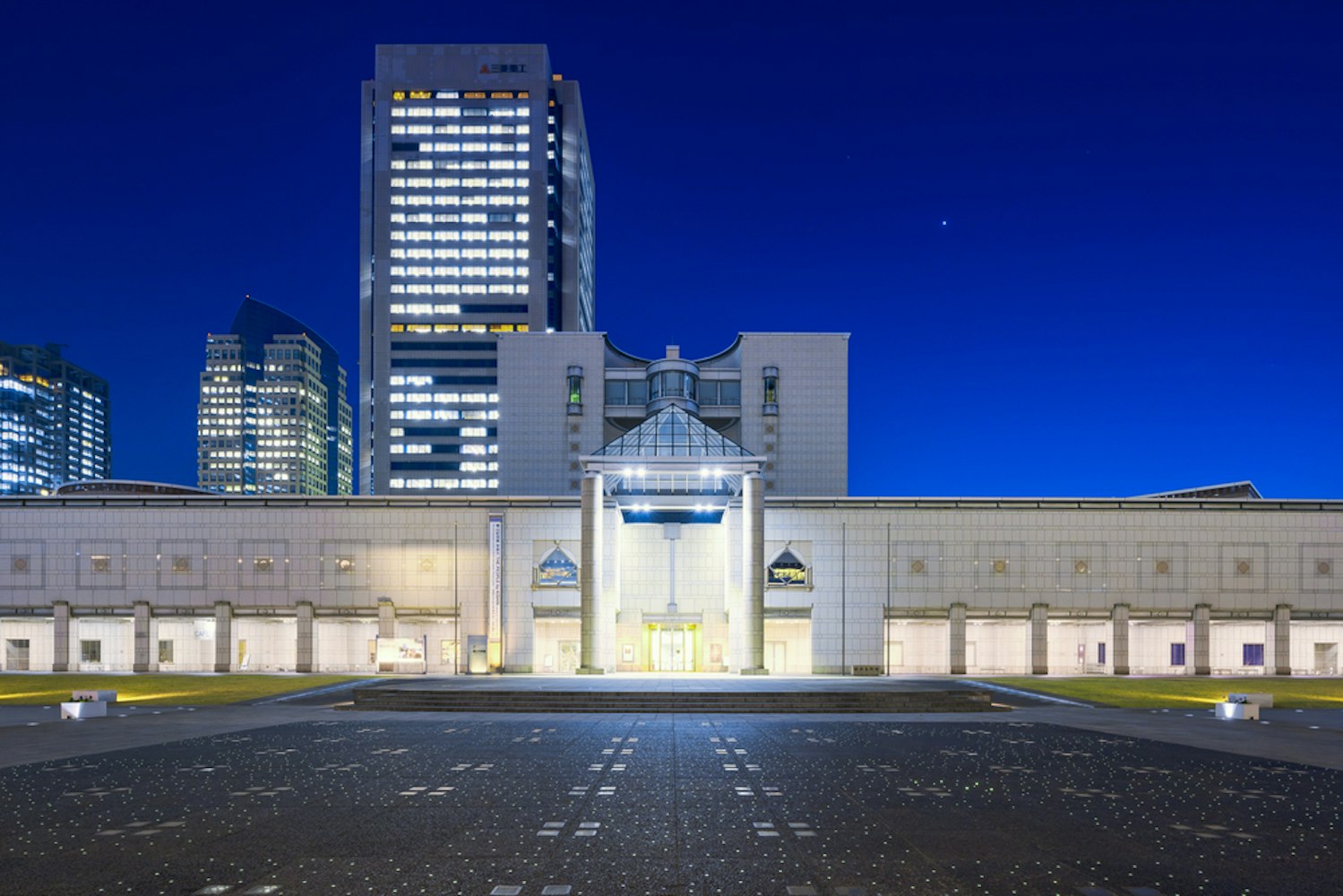
横滨艺术界的基石横滨美术馆收藏了令人印象深刻的现代和当代艺术收藏品。博物馆展出各种艺术媒介,从绘画和雕塑到照片和版画。
它的大画廊举办各种展览,您可以探索毕加索和日本艺术家的作品。它位于港未来站附近,游客和当地人都可以轻松到达。

这Cup Noodles Museum Yokohama(横滨杯面博物馆)是一次引人入胜的互动体验,探索方便面的发明和全球影响。它由 Nissin Foods 于 2011 年创立,旨在纪念方便面的发明者 Momofuku Ando 的遗产,他彻底改变了食品行业。
主要亮点之一是 My Cup Noodles Factory,参观者可以从 5,000 多种口味组合中设计和定制他们的面条。博物馆还设有身临其境的展品,如面条集市,提供世界各地的面条品尝之旅。
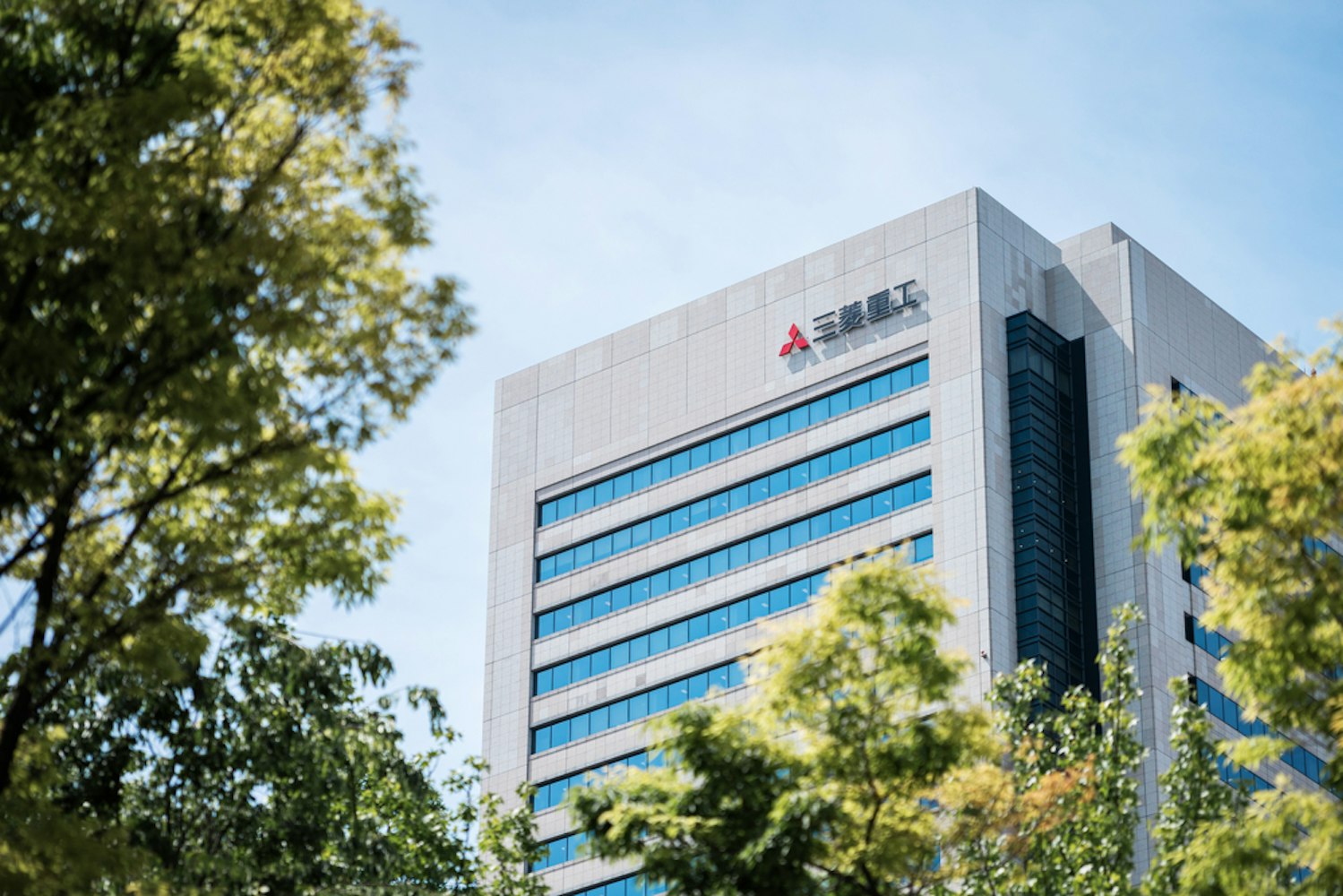
这三菱港未来工业博物馆(Mitsubishi Minatomirai Industrial Museum)在横滨是那些对尖端技术和日本工业遗产着迷的人的理想选择。该博物馆由三菱重工管理,展示了令人印象深刻的工程壮举,从太空探索技术(如 LE-7A 火箭发动机)到使用 SHINKAI 6500 模型进行深海探索,SHINKAI 6500 是一种能够探索世界大部分海洋的载人潜水器。
该博物馆旨在通过互动展示和模拟器吸引儿童和成人,让所有参观者都能接触到复杂的技术概念。展品分布在陆地、海洋、天空和太空等主题区域,全面展示了日本在塑造技术未来方面的作用。
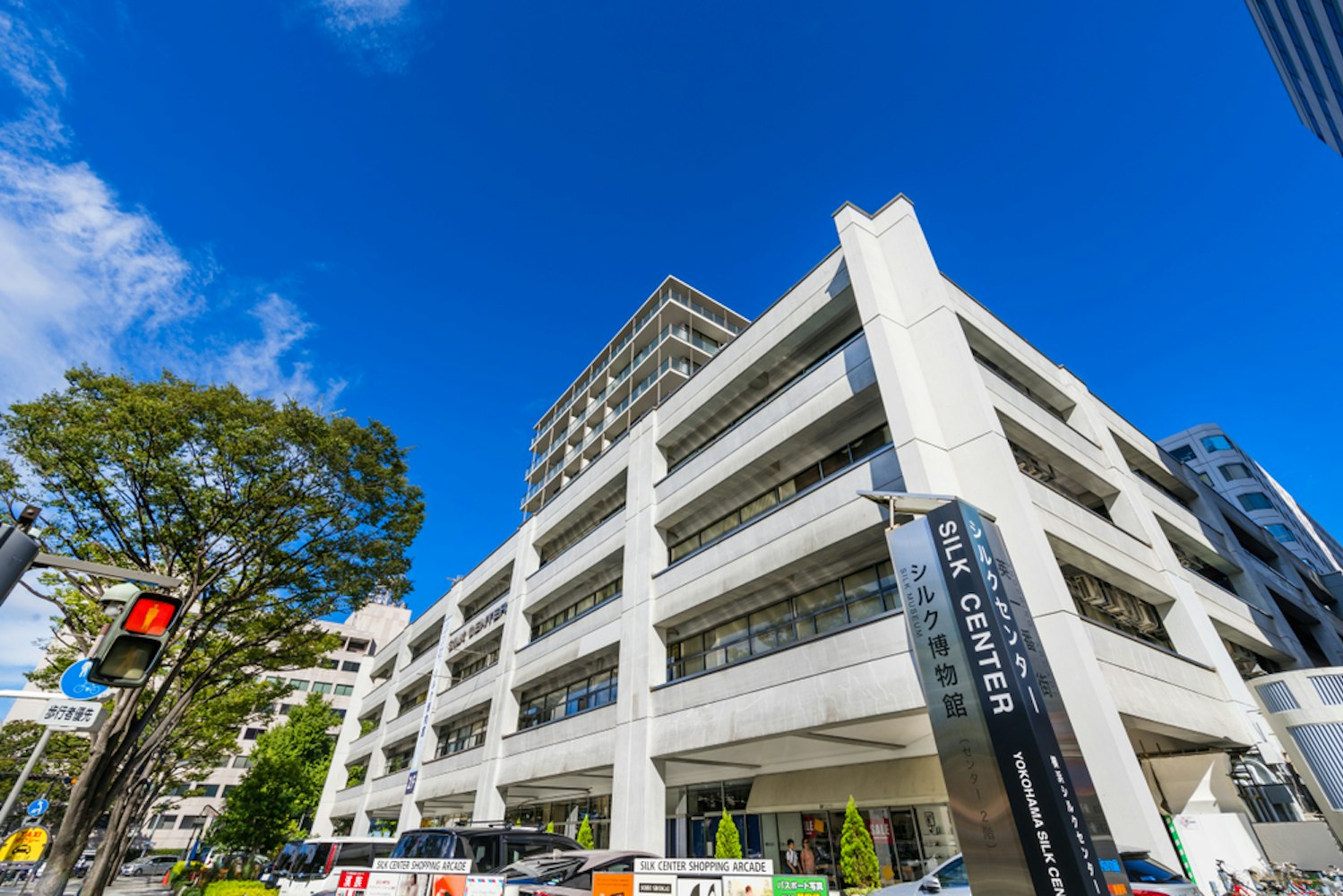
这丝绸博物馆在横滨,深入了解这座城市作为全球丝绸贸易中心的悠久历史。该博物馆成立于 1959 年,旨在纪念港口开放 100 周年,探索从蚕到奢华纺织品的丝绸生产背后的科学和艺术。
游客可以亲眼目睹丝绸编织和染色的复杂过程,而展品则展示了江户时代的和服等历史服装和活着的国宝作品。此外,活蚕展示和互动体验,如体验缝纫机,进一步丰富了对丝绸文化和经济影响的理解。
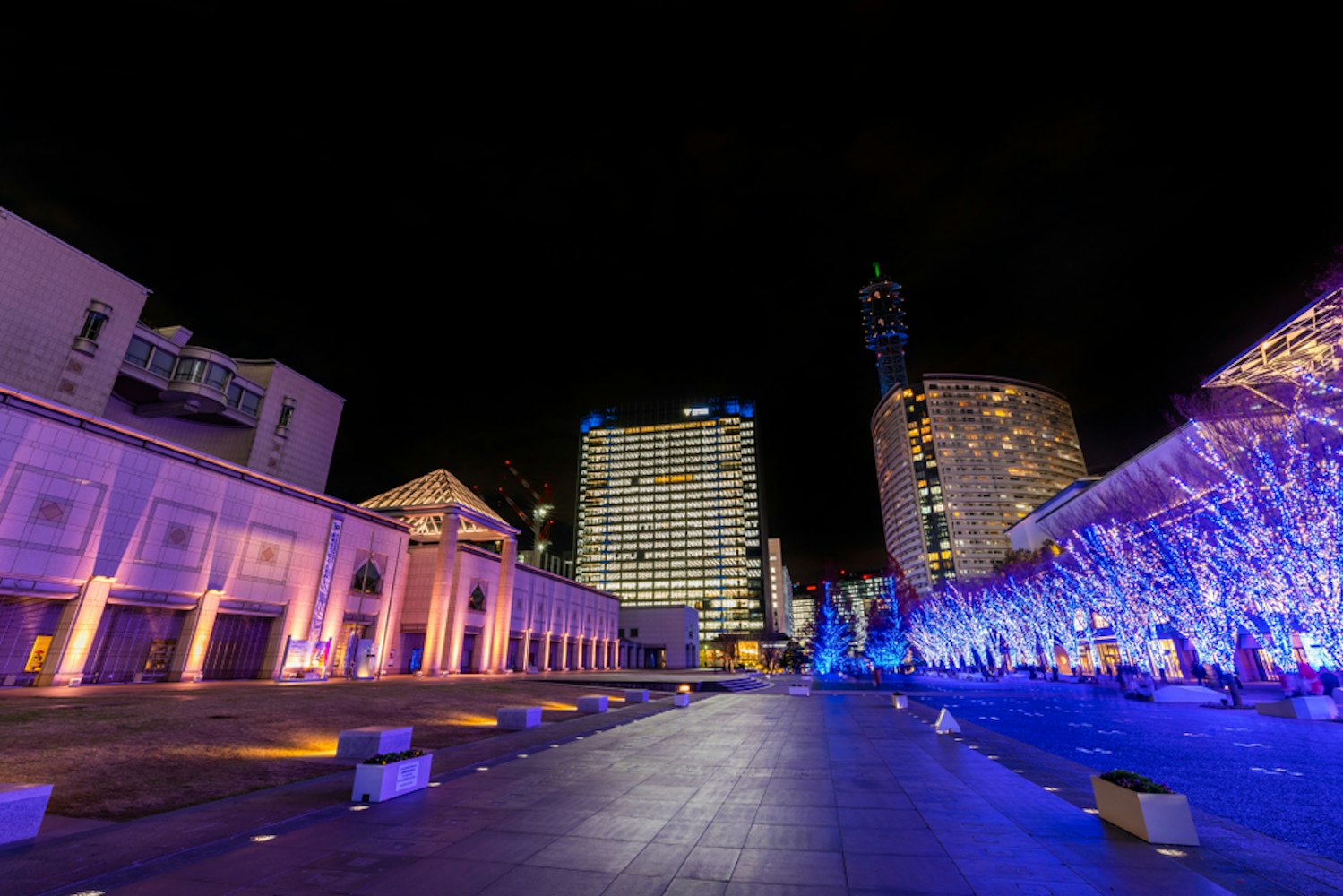
这横滨三年展是日本最负盛名的国际当代艺术展览会之一,自 2001 年创办以来每三年举办一次。它展示了由日本和国际知名艺术家创作的各种作品,从雕塑和绘画到装置和多媒体作品。
该活动通常跨越横滨的多个场馆,包括横滨美术馆和城市周围的其他文化场所。每届三年展都侧重于通过当代艺术的视角对社会、政治和环境问题进行主题探索。
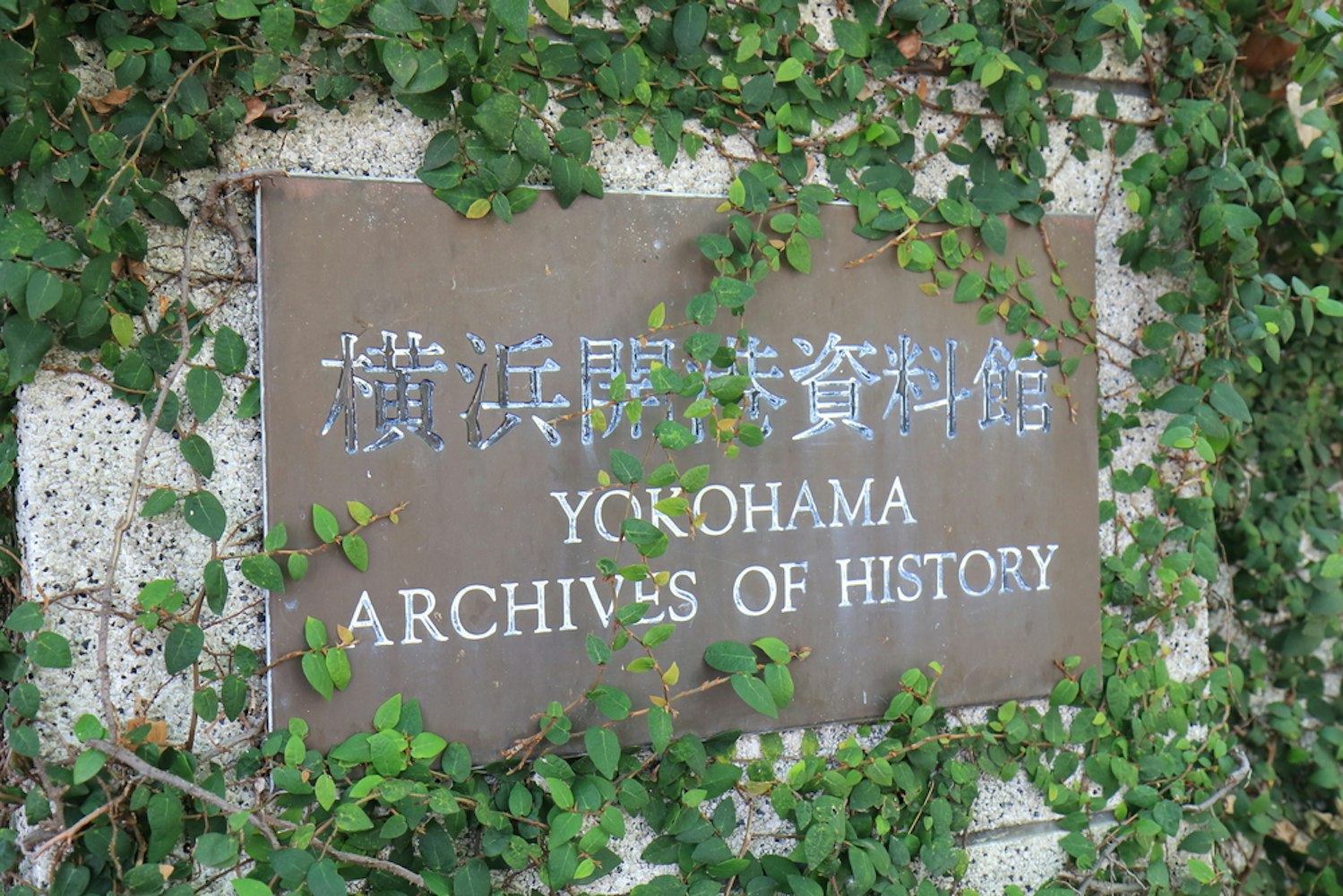
这横滨历史档案馆深入探讨了这座城市从一个小村庄到著名国际港口的转变。它位于 1853 年佩里准将历史性登陆的地方,展出有关国际关系的展品,尤其是关键的神奈川条约,该条约向世界开放了日本。
该博物馆还专注于明治维新,这一时期塑造了日本的现代化和外交,使其成为历史爱好者的重要目的地。游客可以探索从江户时代到现代的文件、照片和地图,全面了解横滨的历史旅程。
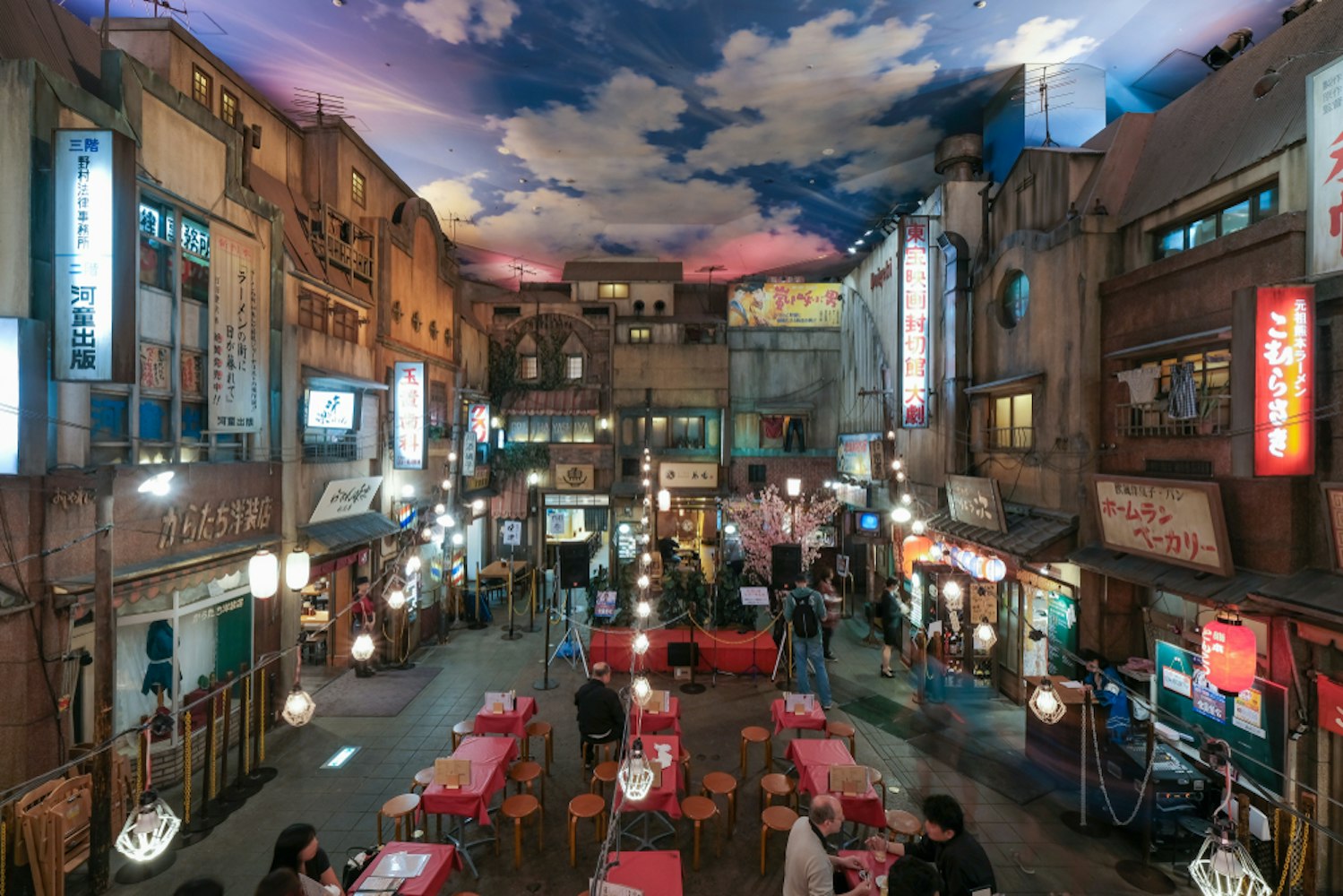
这新横滨拉面博物馆提供独特的沉浸式体验,而不仅仅是一碗简单的面条。游客可以探索一条精心重建的街道,这条街道建于 1958 年,即方便面发明的那一年,为博物馆的氛围增添了怀旧的魅力。
博物馆内有 9 家拉面餐厅,每家拉面餐厅都代表日本的不同地区,让客人可以品尝各种风格的拉面,从北海道的海鲜拉面到熊本的豚骨(猪骨)拉面。迷你份量可供想要尝试多种菜肴的人使用,让游客品尝到各种风味。
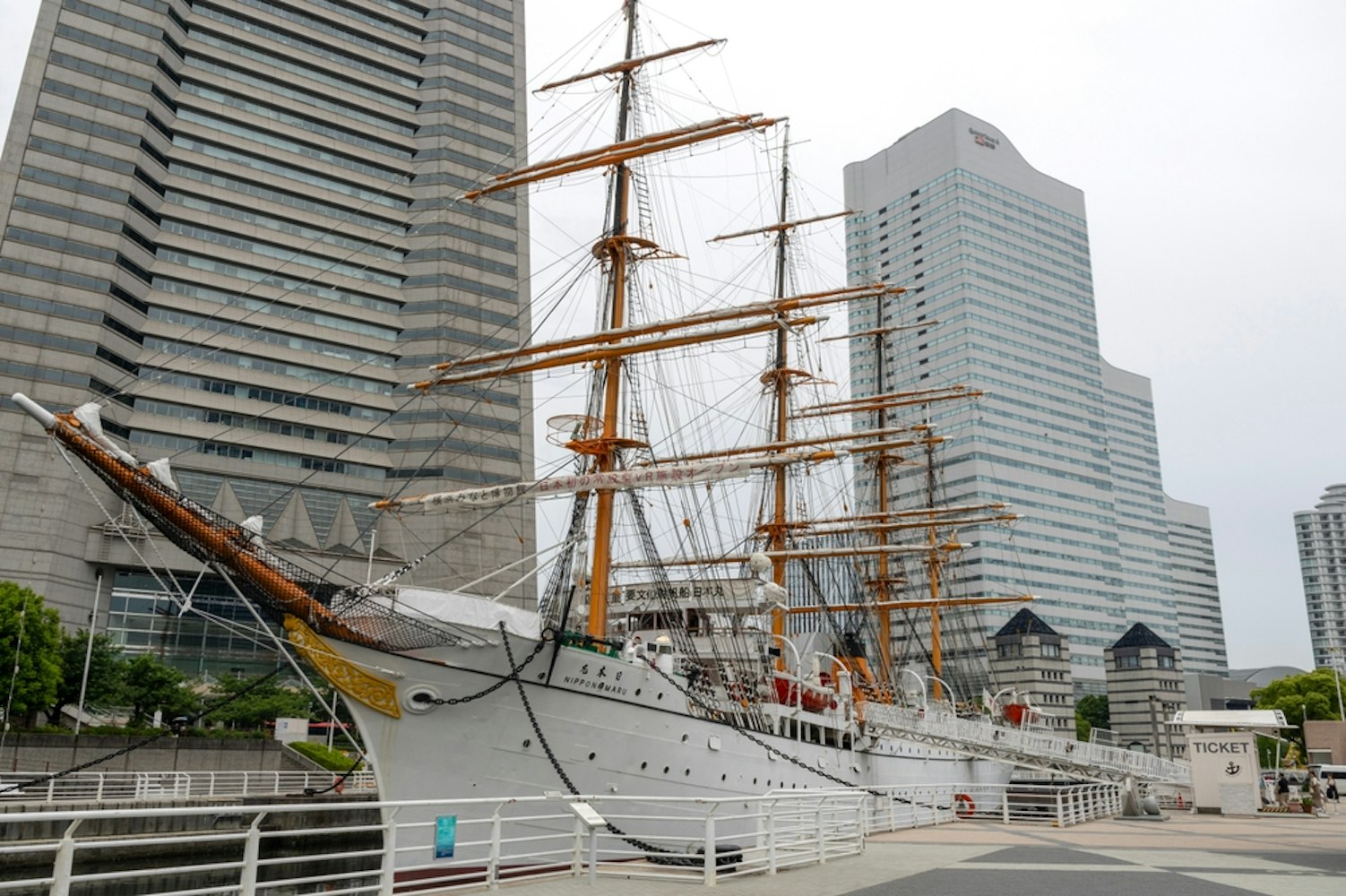
这横滨港博物馆全面了解横滨丰富的海洋历史。这座博物馆位于港未来区,与标志性的日本丸帆船配对,这是一艘海军学员的训练船。
博物馆有两个主要区域:历史区,详细介绍了该港口自 1859 年开放以来的发展,以及重新发现区,其中包括船舶模拟等互动展品,游客可以体验驾驶船只进入横滨港。此外,博物馆还展示了横滨在日本现代化和全球贸易中发挥的重要作用。
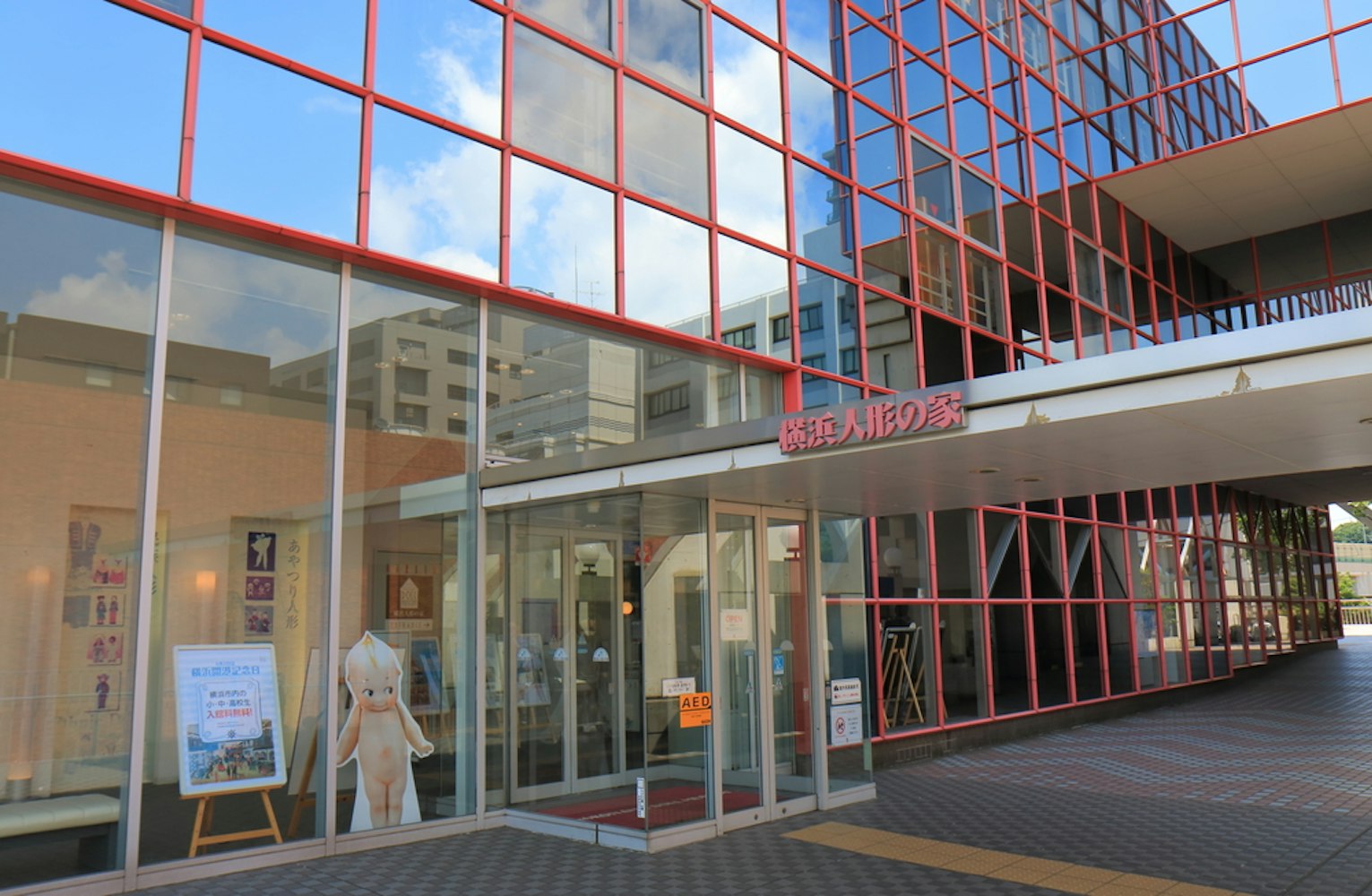
这横滨人偶博物馆拥有来自 140 个国家/地区的 1,300 多个令人印象深刻的娃娃收藏,提供了全球视角的娃娃制作工艺。该博物馆于 1979 年开放,保存了各种玩偶,从曾经作为结婚礼物赠送的传统日本市松人寿到象征国际善意的友谊玩偶。
博物馆还展示了文化仪式中使用的玩偶,例如在每年 3 月的 Hinamagri(玩偶节)期间展示的 Hina Dolls,以庆祝日本历史悠久的宫廷传统。游客可以探索日本和西方玩偶制作的复杂工艺,使其成为对艺术和文化历史感兴趣的人的迷人目的地。

三溪园和博物馆是横滨一座令人惊叹的传统日本花园,占地超过 175,000 平方米。它由丝绸商人原富太郎于 1906 年创立,展示了来自京都、镰仓和日本其他地区的各种历史建筑,其中一些被指定为重要文化财产。
花园提供宁静的景观,有池塘、桥梁和郁郁葱葱的绿色植物,为宁静的度假胜地创造了理想的环境。游客可以探索三溪园博物馆,馆内收藏了精美的日本传统艺术,包括雕塑和绘画,同时欣赏樱花、莲花或秋叶的季节性美景。
感谢其人脉广泛的公众运输系统,在横滨四处走动既方便又高效。最受欢迎和最实惠的旅行方式是乘坐火车,港未来线是参观横滨美术馆和杯面博物馆等主要景点的主要路线。
巴士,包括标志性的 Akai Kutsu 观光巴士,为探索 Minato Mirai 和唐人街等地区提供了一种风景优美且舒适的方式。出租车随处可见,但短途旅行可能更贵。
要获得独特的体验,可以尝试 Sea Bass Waterbus,它提供美丽的海岸景观,同时连接主要海滨地点。最后,BayBike 为环保旅行者提供自行车共享服务,让您按照自己的节奏探索横滨的美景。
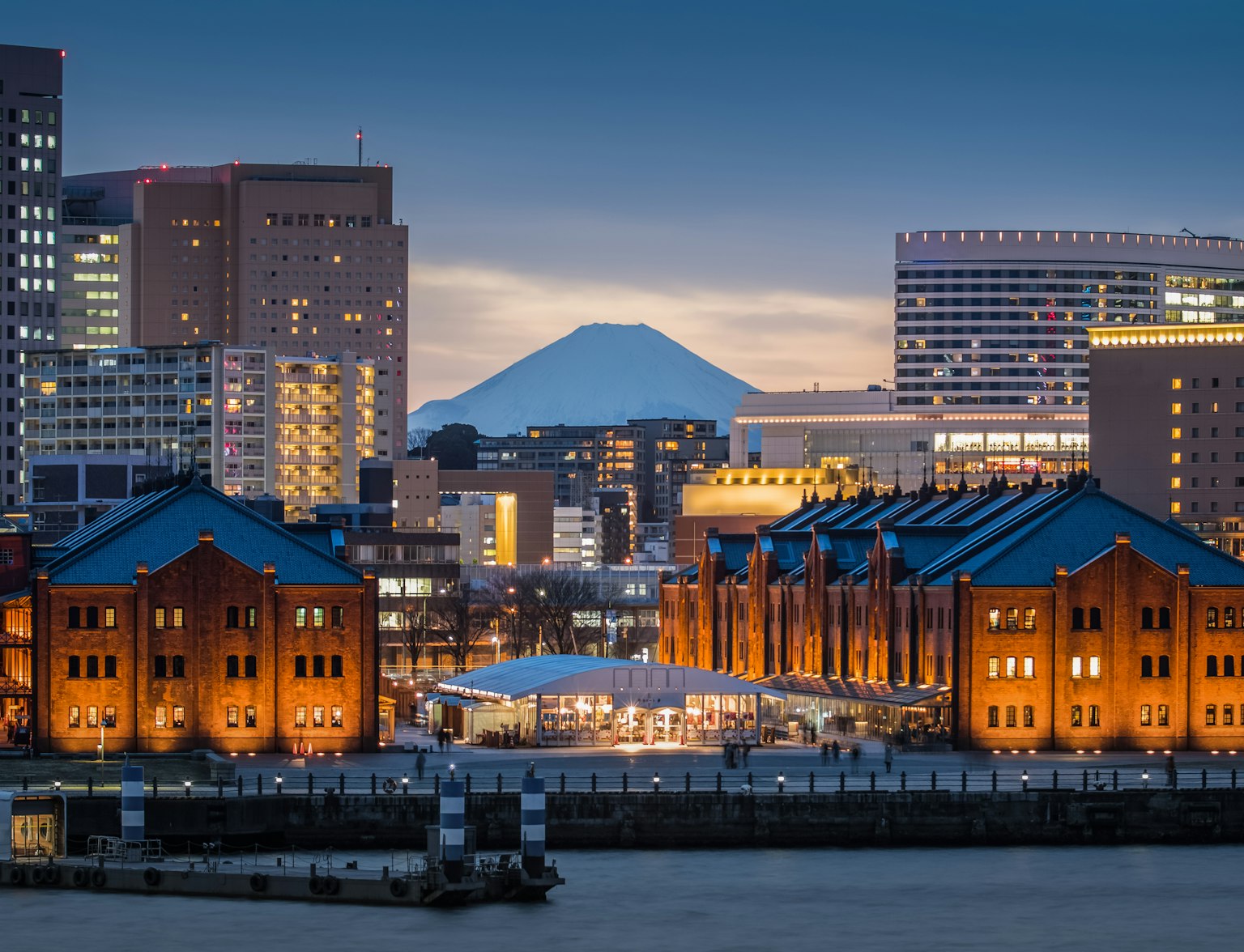
近距离接触横滨港,欣赏城市全景。
横滨将艺术、历史和工业创新丰富融合,使其成为博物馆爱好者的首选目的地。从世界著名的横滨艺术博物馆到俏皮的杯面博物馆,每个人都能找到适合自己的东西。
无论您是探索日本的过去还是沉迷于当代艺术,横滨的博物馆都提供了一个了解这座城市充满活力的文化和全球联系的窗口。今天就计划您的访问,体验这个充满活力的港口城市所能提供的最好的东西!
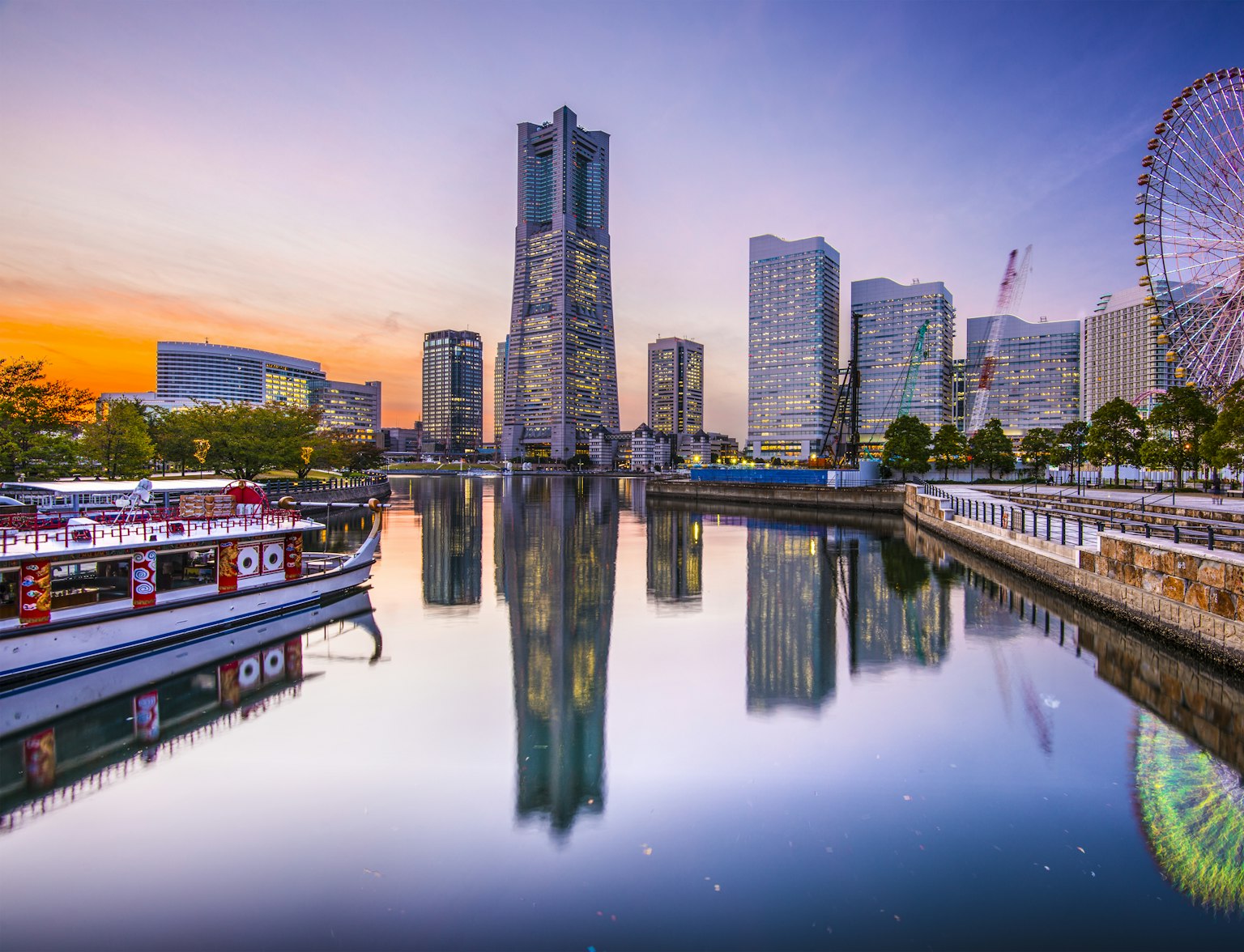
在当地导游的 8 小时私人旅游中探索充满活力的横滨市。
横滨适合游客吗?
横滨是一个必游的目的地,充满了独特的体验。
我应该什么时候去横滨?
游览横滨的理想时间是秋季(9 月下旬至 11 月)和春季(3 月至 5 月),此时天气温和舒适。相比之下,夏季(6 月下旬至 8 月)炎热潮湿。
在 Cup Noodle Museum Yokohama 停留多长时间?
1 小时 30 分钟就足够了。
如何前往新横滨拉面博物馆?
从东京站出发,乘坐东海道-山阳新干线到新横滨站。
拉面博物馆多少钱?
成人入场费为 450 日元(约合 2.20 英镑或 3 美元),老年人和 6 至 18 岁的儿童为 100 日元。



